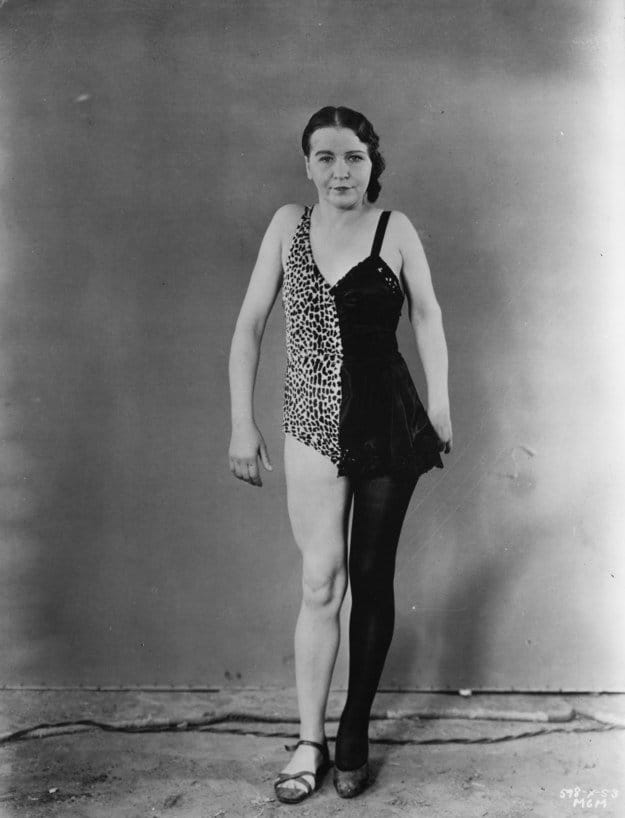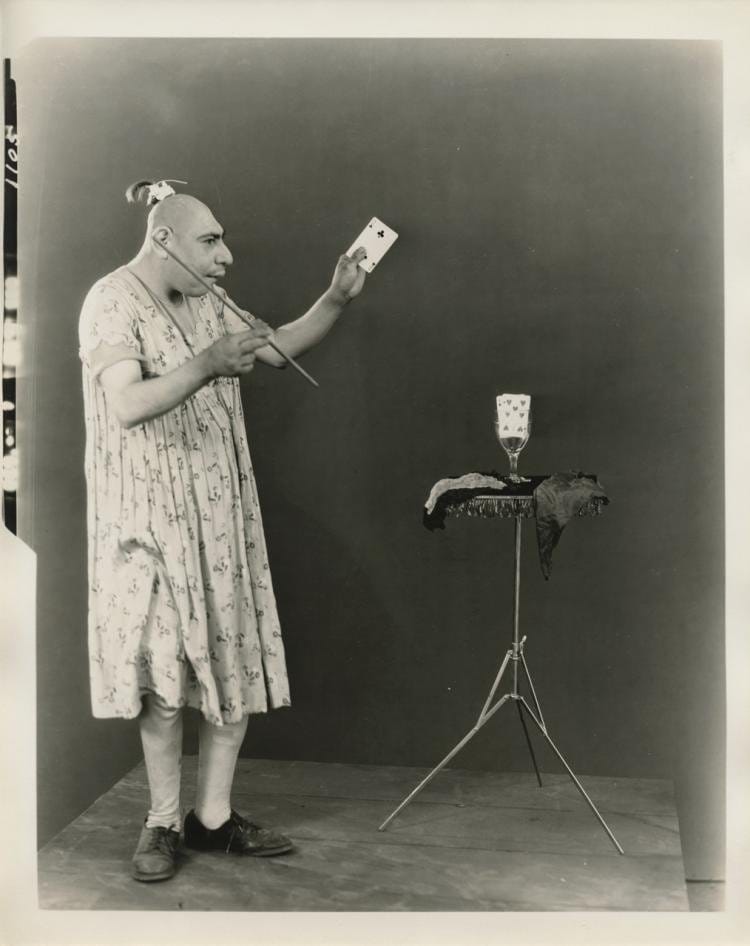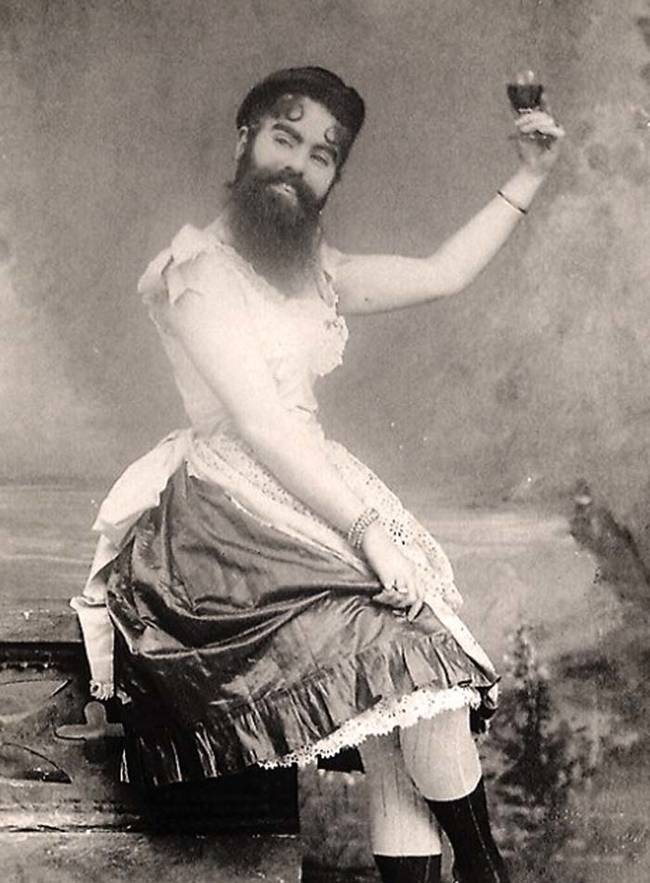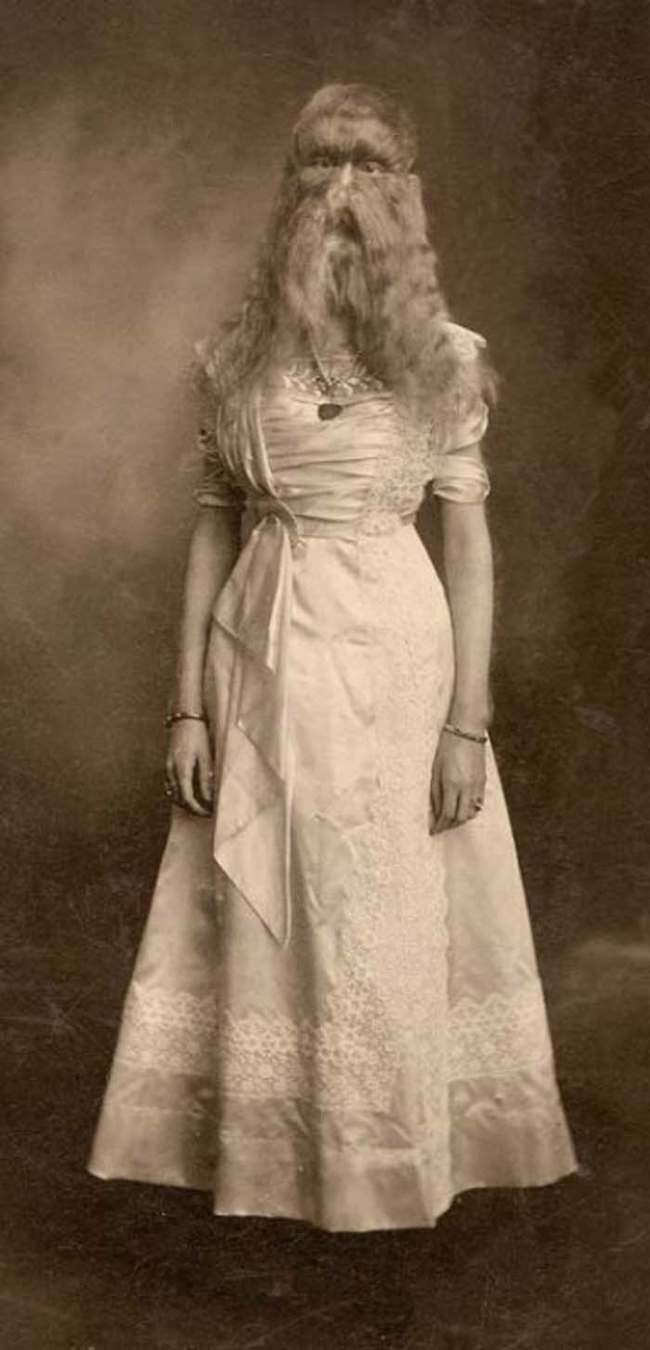SCHLITZIE: ALive and INSIDE
Premiering 2025
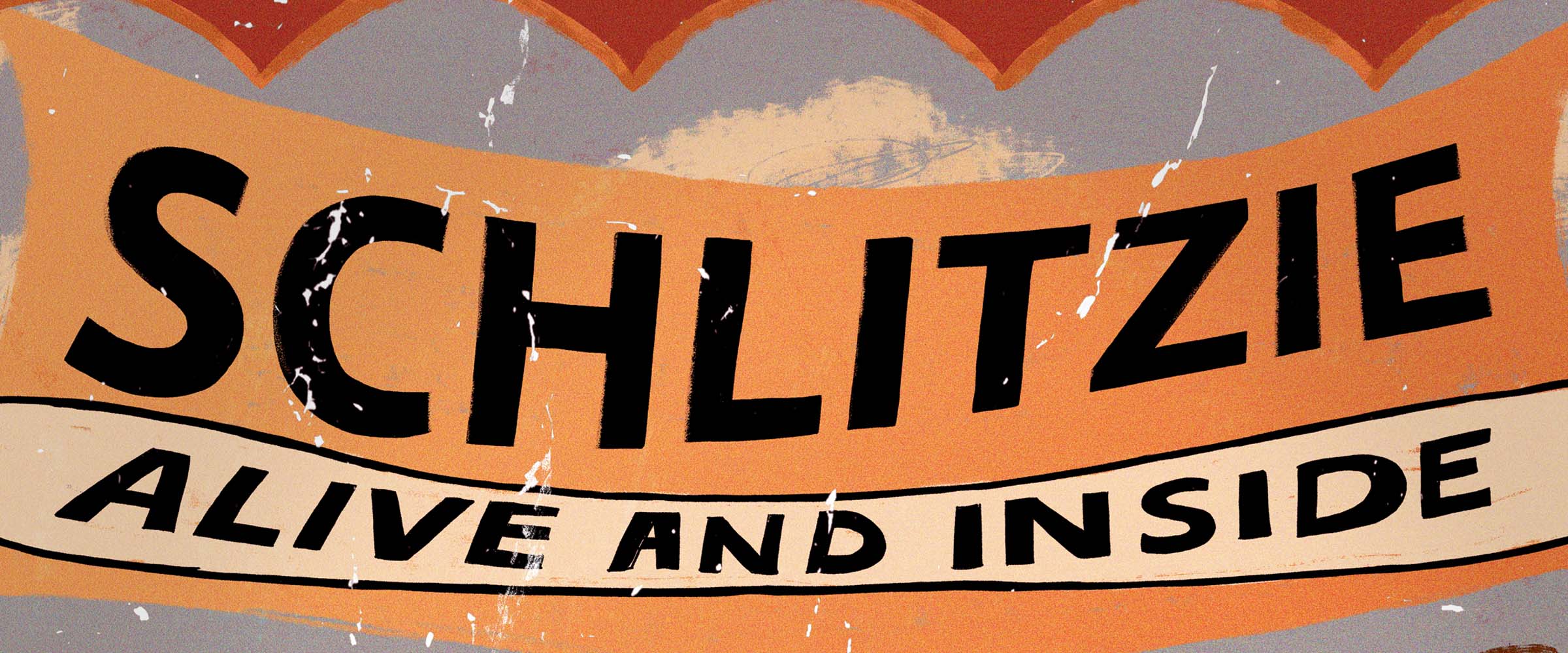
The backstory to the show
Who was Schlitzie?
Schlitzie was an American sideshow performer and actor. Schlitzie was born with microcephaly, a neurodevelopmental disorder caused by smaller than average head size. Sideshow hosts referred to him as a “pinhead” due to his small skull and stature. While his official birth records are unknown, Schlitzie is generally believed to have been born on September 10, 1901. Those who worked with him said that Schlitzie was a natural entertainer and very social person.
During sideshow performances, Schlitzie often wore dresses and used she/her pronouns. Historians believe this was a tactic to add to the “mystery” of Schlitzie’s appearance to entertain audiences of the time. Schlitzie’s friends and collegues used both he/him and she/her for Schlitzie. Dresses were also a practical way to take care of Schlitzie’s medical needs with greater ease.
George Surtees, a chimpanzee trainer, adopted Schlitzie in 1935 when they both worked at Tom Mix Circus. After Surtees’ death, his daughter committed Schlitzie to a Los Angeles hospital, where he remained for multiple years. Bill Unks, a sword swallower who worked with Schlitzie, later recognized him in the hospital and advocated for his release. Schlitize returned to the sideshow and later lived in Los Angeles, frequenting MacArthur Park, Hollywood, and Santa Monica Boulevard.
Sideshows
Sideshows began in the early 1800’s as an offshoot of circus performance. They were literally shows off to the side of the main circus events. There are many kinds of sideshows, from burlesque performances, to dangerous stunts, to multi-act events. Sideshows claimed to have “freaks” or never before seen oddities. Disabled people often worked at these sideshows because in a wrold that labeled them as grotesque and strange, sideshows were sometimes the only place they could find employment. In this way, sideshows both enforced anti-disability sentiment and empowered disabled people through employment and community building within sideshow groups. This duality is exemplified by Shclitzie’s story.
Sideshows have fallen out of popularity due to the rise of film and television, public distaste for portrayals of physical harm, and disbelief in the wild claims that sideshows make about their displays. However, the Coney Island Circus Sideshow still tours today, with a focus on professional physical feats of strength and agility, like aerial silks or fire eating. The legacy of the sideshow remains filled with exploitation, orientalism, and ableist sentiments even though the concept has taken on somewhat of a new life in performance spaces.
Film career and Tod Browning’s “Freaks”
Schlitzie made his film debut in the film The Sideshow in 1928, where he was featured as a real circus performer. Four years later, Schlitzie appeared in Tod Browning’s cult-followed horror film Freaks. The film follows a trapeze artist named Cleopatra as she attempts to con a sideshow performer named Hans out of his inheritance.
Freaks features multiple real sideshow performers including Schlitzie. Actors who were physically disabled, including Schlitzie, had to wait in a tent outside of the studio during filming, per request of “discomforted” production company employees. The film, originally 90 minutes, was censored and cut by half an hour after unsuccessful test screenings where audiences reacted negatively to portrayals of disability in the film. In fact, the film was banned in the UK for 30 years due to its “grotesque nature”.
Debates about the film’s perspective on disability continue to this day. Some disability scholars point out the positive depictions of disability in the film, such as community building and normalization of the realities of diabled life. However, the ending of the film, when the sideshow performers make Cleopatra into a “human duck” after uncovering her plot to steal Hans’ inheritance, leaves room for interpretation. Browning’s intent with this scene is unknown and makes the filmmaker's stance on disability unclear.
While initial reactions to the film were wildly negative, modern audiences have found a renewed love for the film. The film became a counter-culture touchstone in Europe after its screening at the 1962 Venice Film festival and American audiences soon rediscovered it as well. This new perspective on the film may be attributed to changing attitudes towards disability, horror as a genre, and the history of the sideshow.
You can watch Freaks on the criterion channel and other streaming services, but you will only find the cut version, as the original film has been lost.
Further Resources
Books:
Nobody's Fool: The Life and Times of Schlitzie the Pinhead by Bill Griffith
Extraordinary Bodies: Figuring Physical Disability in American Culture and Literature by Rosemarie Garland-Thompson
The Spectacle of Deformity: Freak Shows and Modern British Culture by Nadja Durbach
Freak Inheritance: Eugenics and Extraordinary Bodies in Performance by Rosemarie Garland-Thompson
Online Articles:
One of Us: Tod Browning’s Freaks, Disability Culture, and the Criterion for Inclusion by Angelo Muredda
The spectacle of deformity: freak shows and modern british culture
PHOTOS
